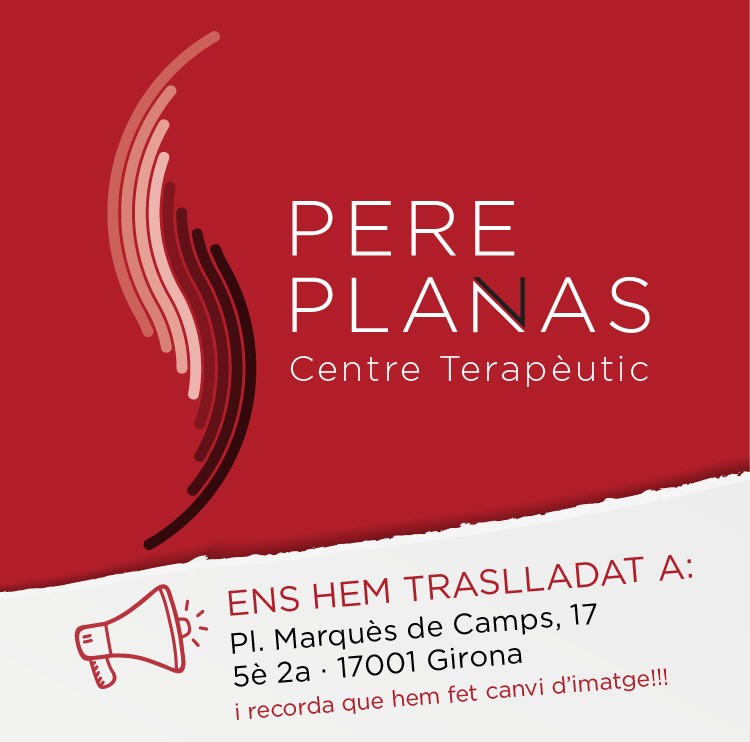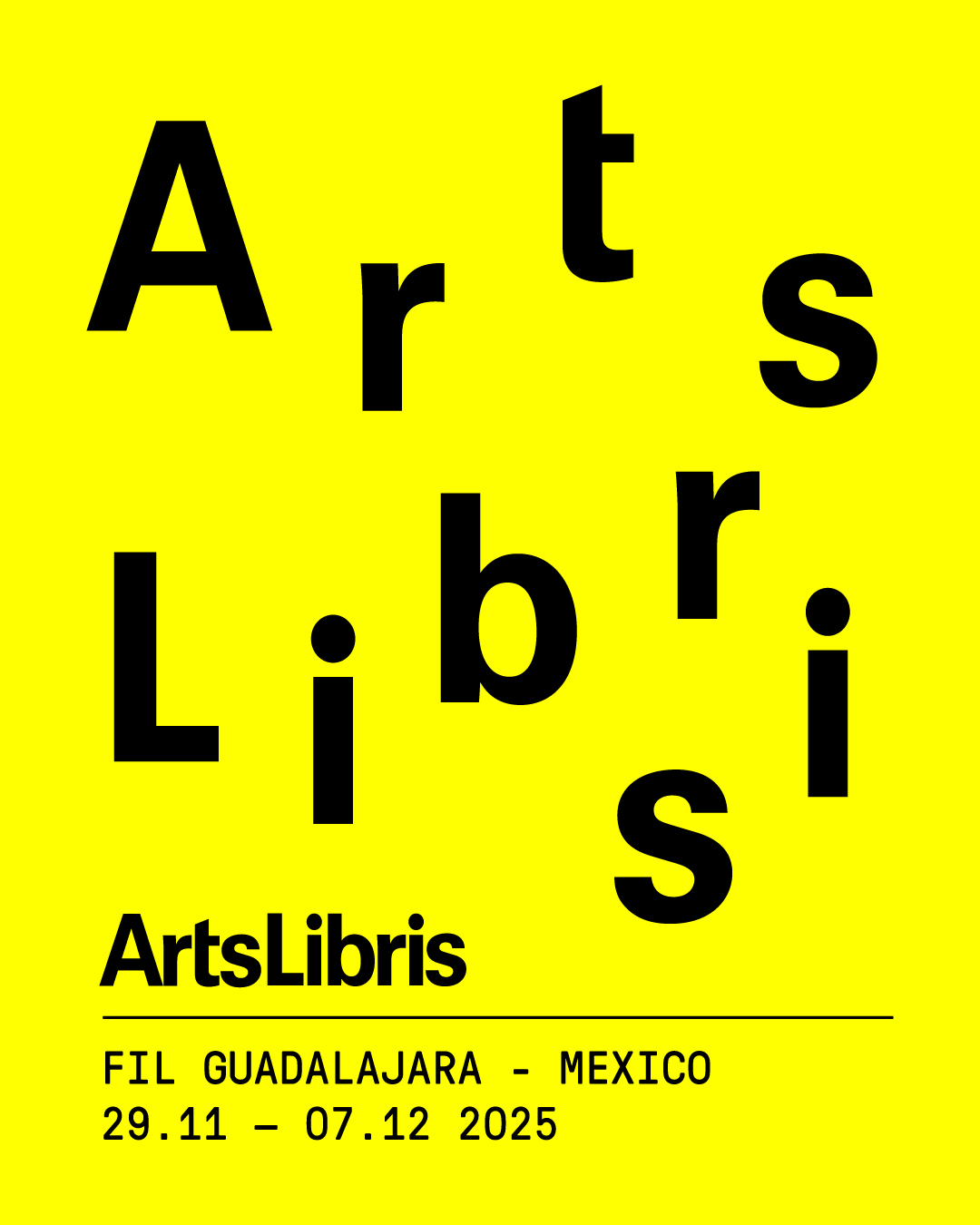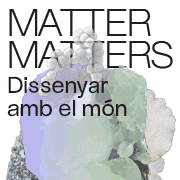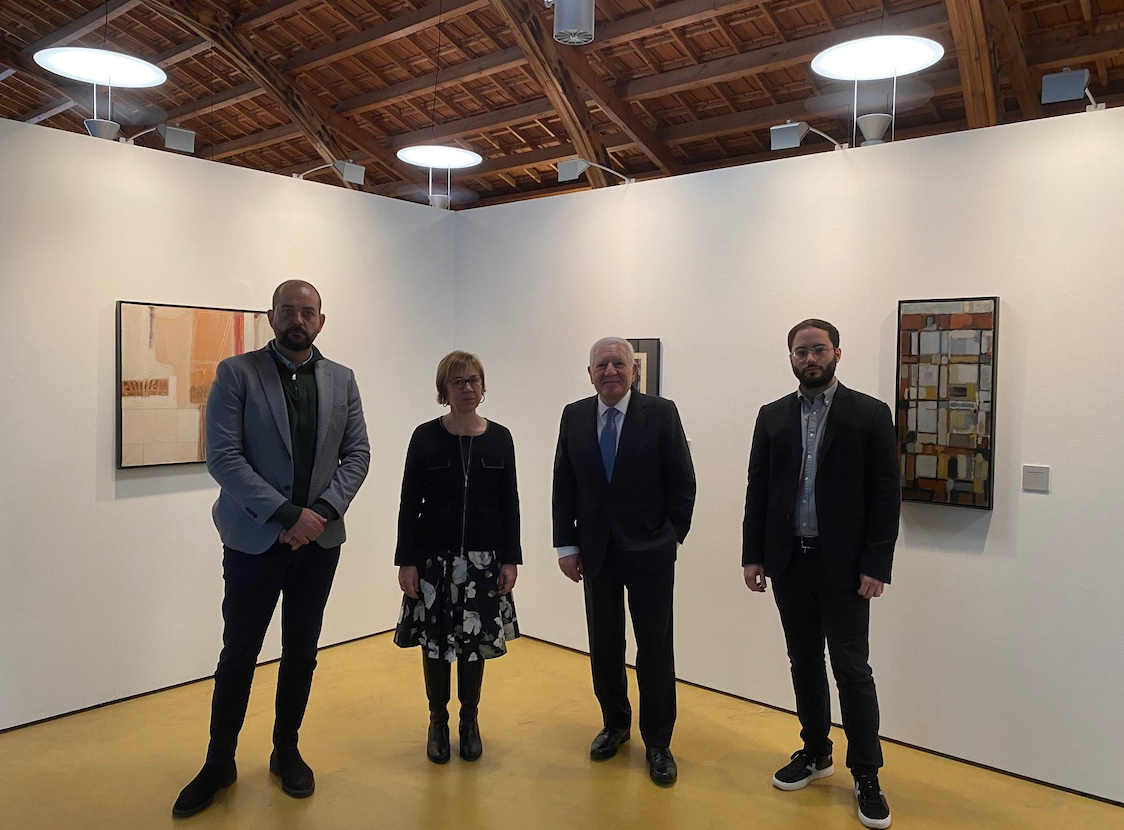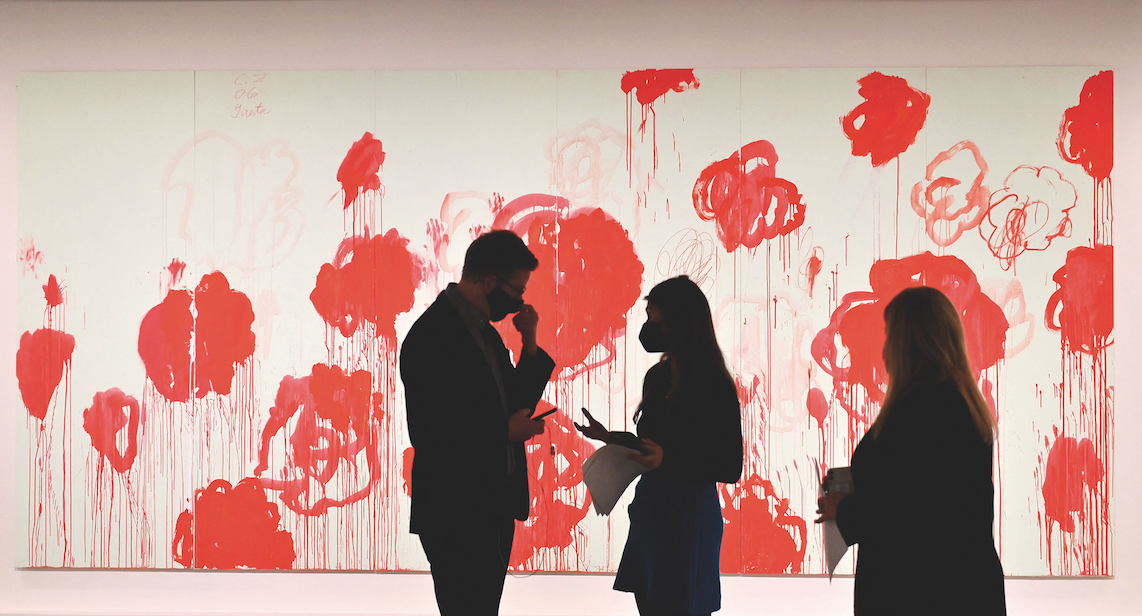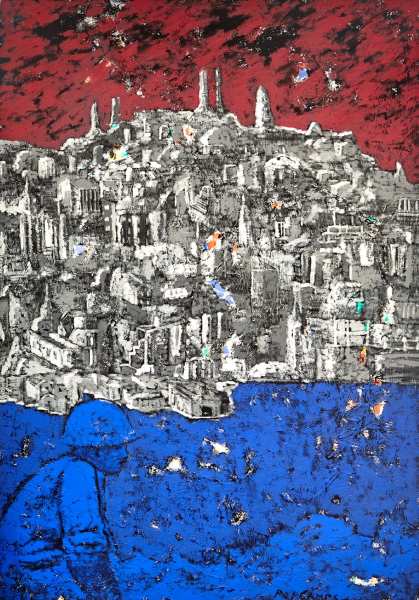Exhibitions
The Textile Museum inaugurates "Frida's Garden" by Teresa Puig
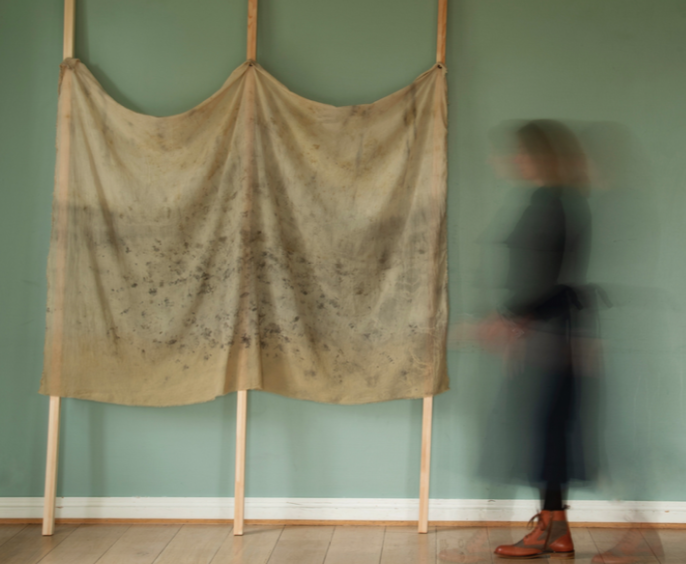
The Documentation Center and Textile Museum of Terrassa presents the new temporary exhibition entitled El jardí de la Frida by Teresa Puig on January 29 from 12 p.m.
Frida's Garden shows pieces that are dyed with plants derived from Frida Hansen's garden, using the same methodology that the artist used to color her own work.
Frida Hansen (Stavanger, 1855 - Oslo, 1935) was a Norwegian textile artist whose fabrics are considered among the best in recent European textile art.
In this show, the characteristic features of Teresa Puig's design seek a resonance with the work of Frida Hansen and her interest in plant motifs, asymmetry, natural colors, overlapping shapes and transparent effects. Some of the names of the plants used by the artist are: and plants used for the project: Alchemilla mollis, Aquilera vulgaris, Vernonia baldwinii, Camellia japanese, Equisetum arvense, Fuchsia magellanica, etc...
In the latest series of textile work, the process is the center of the work, the images that develop emerge from an art formation in all its subtlety and complexity. The decisions he makes begin at the most elementary starting point, the development of pigments and fibers, the search for elements that will determine the color that will interact with the water, the registration of the dyeing process that in itself will form a new series of traces and referential prints, an echo of decisions of the images we see. These delicate and limpid pieces hang suspended like ancient witnesses with slow deliberation, working their patterns of mysterious and exquisite traces, suggestive of geological epochs.
Some of the outstanding pieces are Jardí III, made with cotton; Flower I of cotton and linen; Garden II, made with cotton and silk; Flor II in wool and cotton or Jardí III, in silk, among others.
Teresa Puig
Teresa Puig currently lives and works in Norway. She graduated in 2004 in Visual Arts (First Class Hons) from the University of Gloucestershire (United Kingdom) and also obtained a Master of Fine Arts from the University of Wales Institute Cardiff (United Kingdom), a postgraduate degree in Digital Art and Culture by the UOC-LABORAL, etc...
He began his artistic career in painting and in the search for color to later become interested in natural pigments. In 200 he continued his career in the United Kingdom where he experimented with different techniques such as engraving, photography, sculpture, ceramics, etc...
Recently her work focuses on textiles using regional materials and implementing traditional processes and techniques including weaving and color experimentation with natural dyes.
This exhibition can be visited until April 2, 2023.


